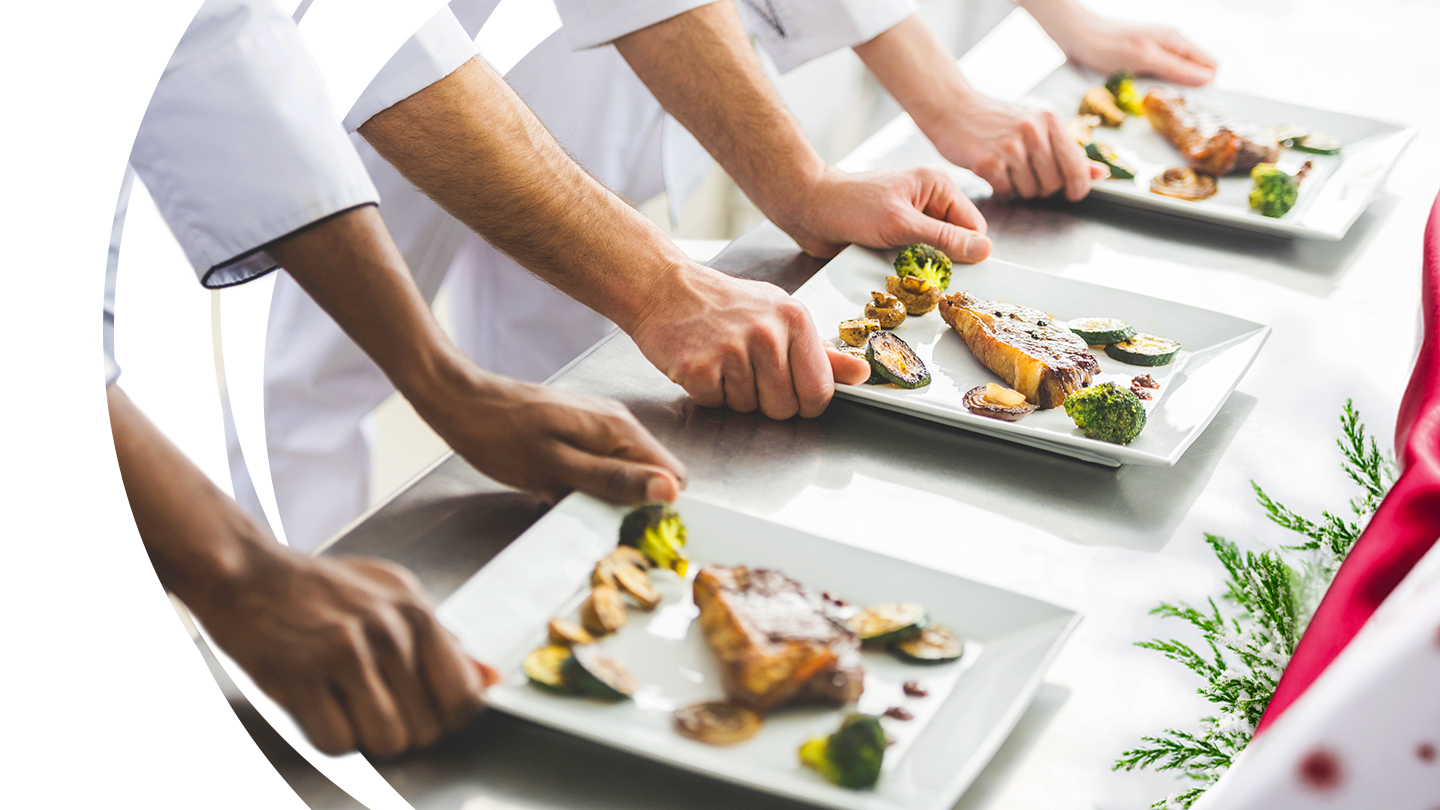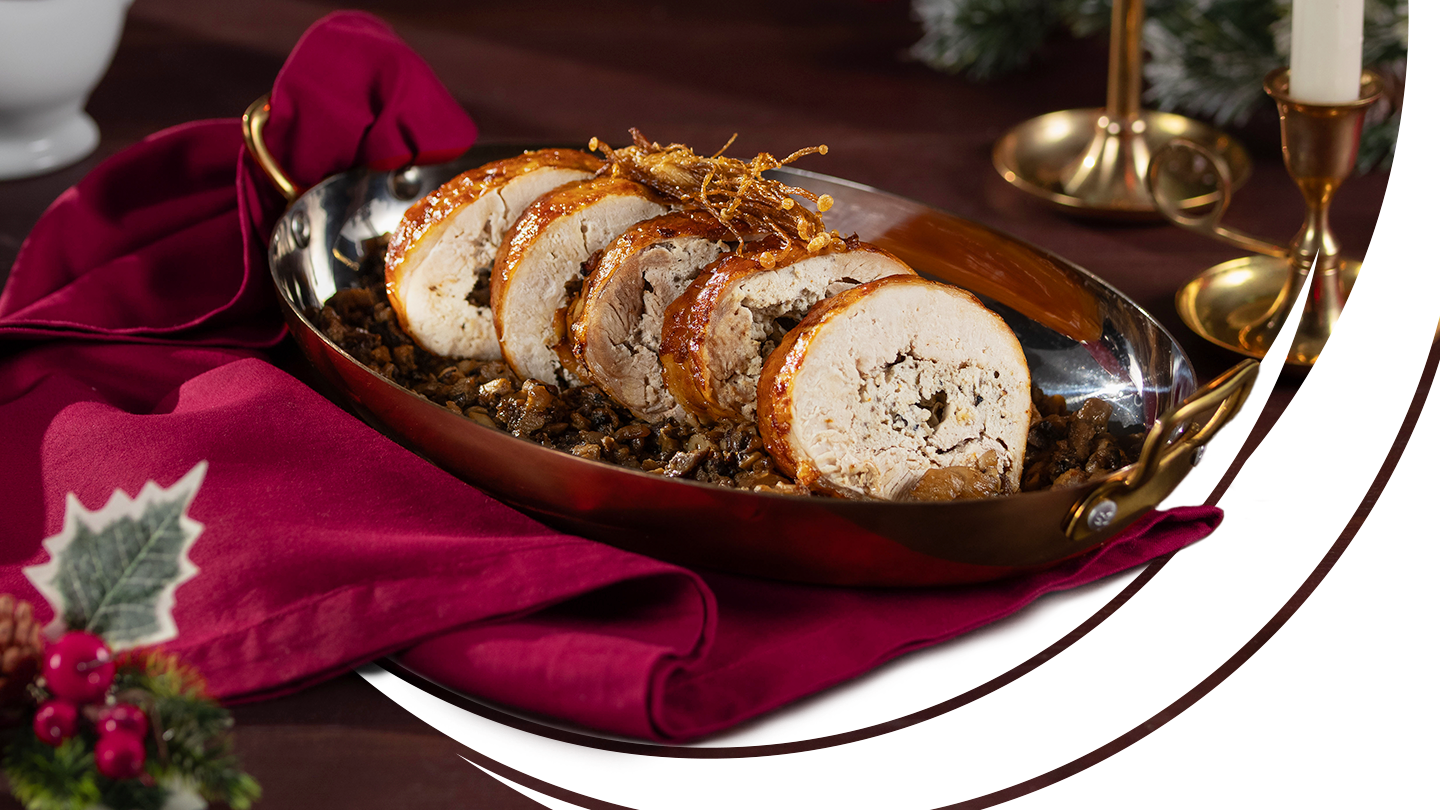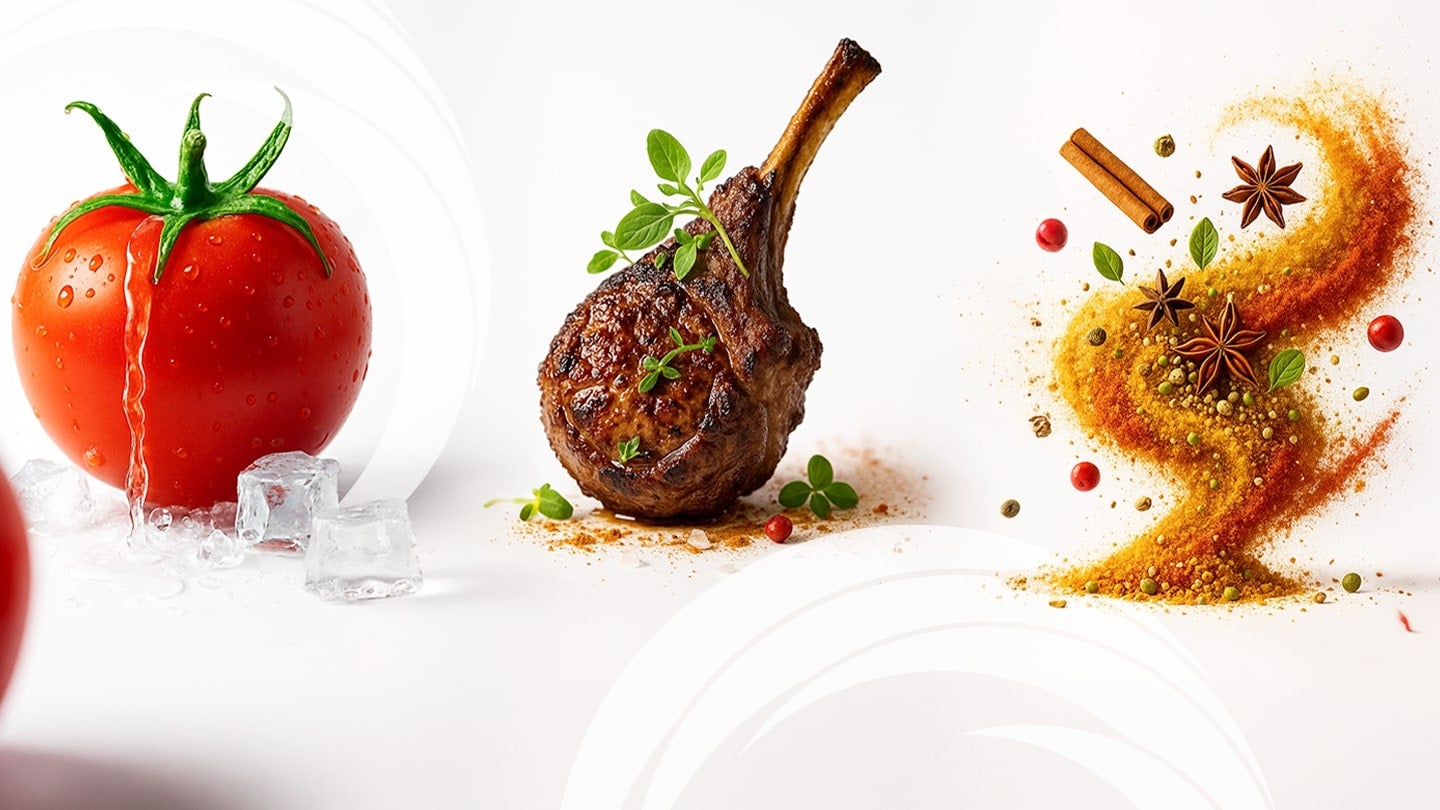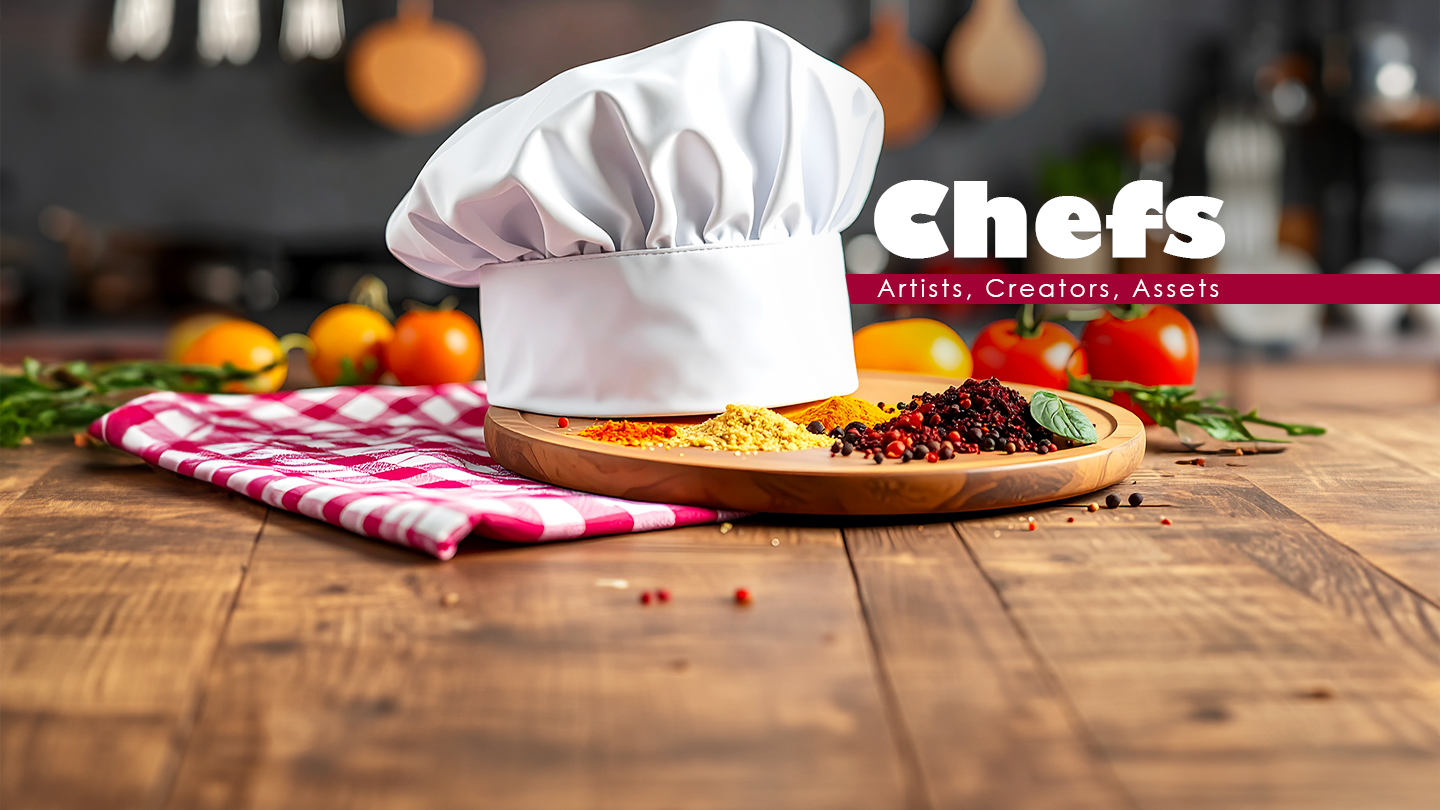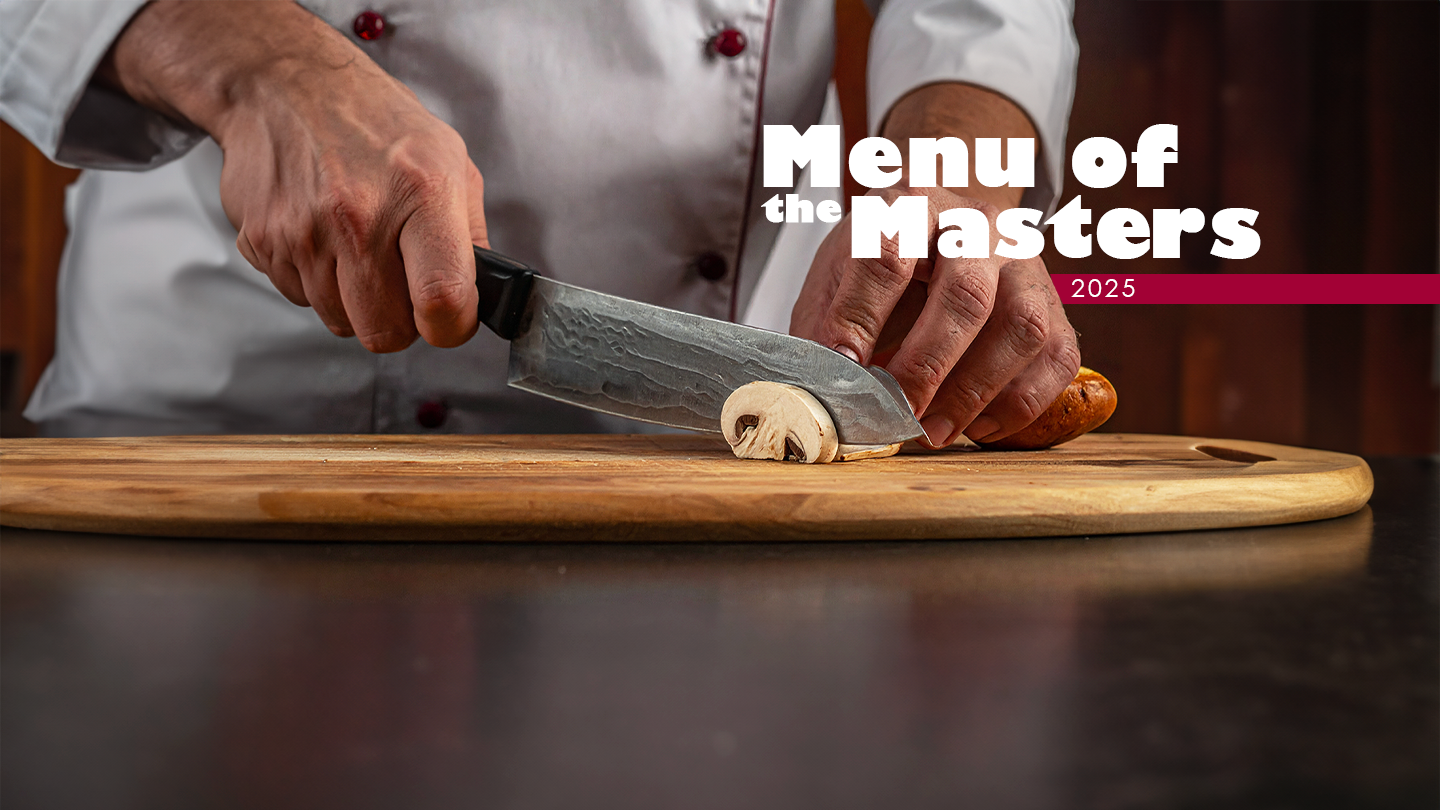
5 reasons that restaurants fail
After five years of trading, around four in ten small businesses will fail. And for restaurants, the stakes are a lot higher; with the failure rate for restaurants often pitched at around 60%. But why are failure rates so high and what can you do to make sure you fall on the right side of the statistics?
Why do restaurants fail?
- Location
The biggest factor in restaurant failure is often identified as location. It can be seriously tough to get established and do well on an ongoing basis if there is a lack of footfall, the location is hard to find, there’s no parking or it’s just the wrong area for a restaurant like yours.
- Bad customer experience
Food is not the only reason that customers favour one restaurant over another. For most, it’s also about the experience they have and how they’re treated by your staff. Key to this are factors such as whether staff are friendly, efficient and engaged, what the restaurant feels like to be in and its cleanliness.
- Overspending and poor cash flow
The back end of the business needs to function just as well as front of house. Keep your costs lean, especially at first, and make sure that you always have enough cash in the bank to cover the essentials that keep the business afloat, such as suppliers and staff. Don’t be tempted to splash the cash on unnecessary fixtures, fittings or marketing until you have the cash flow to support it!
- Poor concept and bad food
A restaurant that doesn’t have a clearly defined concept can be confusing and ineffective at attracting customers. Keep your proposition simple to begin with; you can always look at branching out once you’ve established yourself and have built a good customer base. The quality of the food and the creativity of the menus will also play a big role in whether customers want to come, as well as why they return.
- Lack of marketing
If your potential customers just don’t know you’re there then they simply won’t come. Many restaurants fail because people just aren’t aware that they exist. If money is tight, make use of social media platforms such as Twitter and Facebook where cost-effective and highly targeted marketing really makes sense.
How to avoid making the worst mistakes
- Do your research – look into the local area, culinary scene and identify the demographics who will support your business.
- Choose your team carefully – every member of staff counts, from the head chef to the person washing the pots.
- Invest in some marketing – every business can do something, no matter how bootstrapped. Social media and local flyering are some of the cheapest options.
- Be clear about your concept at the start – don’t try to be all things to all people.
- Set your standards high – from restaurant cleanliness to food presentation and customer engagement, make sure the entire team knows what you want.
- Invest in quality – good quality ingredients, people and premises always shine through.
